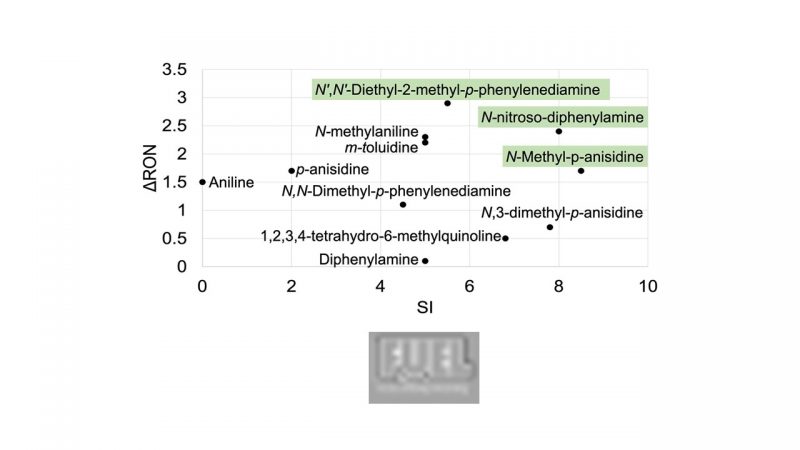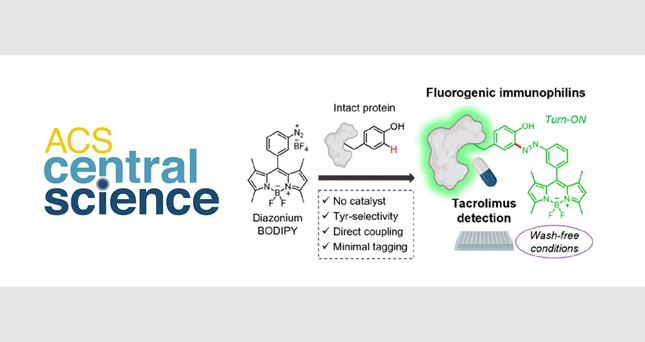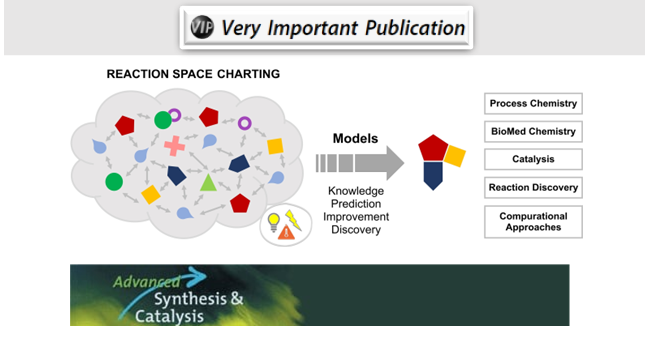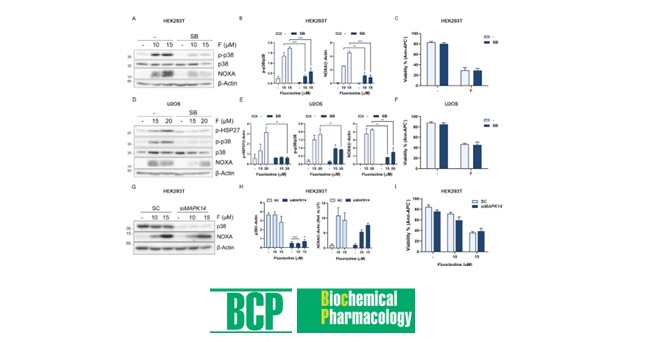Antonio Viayna, Ouldouz Ghashghaei, David Vílchez, CarolinaEstarellas, Manuel López, Jesús Gómez-Catalán, Rodolfo Lavilla, Jesús Delgado, F. Javier Luque
The increasing concerns about greenhouse gas emissions are encouraging the search for efficient combustion technologies for transportation. A valuable strategy consists of tailoring the properties of fuels through addition of additives that might increase the octane number subject to the classification, labeling and packaging regulation of fuel quality. In this context, we present an integrated approach involving a high-throughput screening that relies on selected physicochemical factors of aniline-like compounds, measurements of structural resemblance and susceptibility to participate in chemical reactions with radical species, in conjunction with production viability as well as environmental and toxicological risks. This process led to a final set of representative compounds that were chosen to explore their behavior as anti-knock additives. The suitability of these compounds was determined through assays performed to determine the impact on fuel volatility and RON booster efficiency in conjunction with a critical assessment of their eco/toxicological risk estimated by means of a safety index. This holistic strategy led to the identification of N-methyl-p-anisidine, N’,N’-diethyl-2-methyl-p-phenylenediamine and N-nitroso-diphenylamine as promising anti-knock additives. This approach is proposed as an alternative strategy to the unsupervised experimental screening of fuel additives.
https://www.sciencedirect.com/science/article/pii/S0016236121013971




